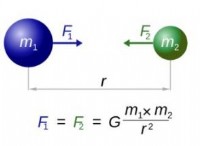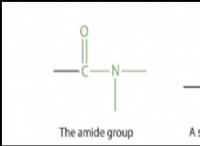トポロジー材料: Topological materials, characterized by their topological properties that are robust against external perturbations, have garnered significant attention. These materials exhibit exotic phenomena, such as the quantum spin Hall effect and Majorana fermions, which could lead to next-generation spintronic devices and fault-tolerant quantum computing.
量子スピン液: Quantum spin liquids are materials in which magnetic moments behave collectively as a quantum liquid, without forming conventional long-range magnetic order. This behavior opens avenues for unconventional magnetic memory and data storage devices, as well as potentially realizing quantum spin-based qubits for quantum computing.
超伝導体: Superconductors, materials that conduct electricity with no resistance at extremely low temperatures, are being actively studied for their potential in energy-efficient power transmission, electric motors, and superconducting electronics. Ongoing research focuses on discovering new superconductors with higher transition temperatures and exploring unconventional superconductors for applications in quantum computing.
量子センサーと計測: 量子材料は、超敏感なセンサーとメトロロジー機器を開発することを約束します。 Their unique quantum properties can enhance precision measurements, enabling advancements in fields such as medical imaging, navigation, and materials characterization.
Quantum PhotonicsおよびOptoelectronics: Quantum materials can manipulate light at the quantum level, enabling the development of quantum light sources, detectors, and nonlinear optical devices.これらの進歩は、安全な通信、量子暗号化、および量子コンピューティングに影響を与えます。
2D材料: Two-dimensional (2D) materials, such as graphene and transition metal dichalcogenides, have captivated researchers due to their remarkable electronic, optical, and mechanical properties.これらの材料は、電子機器、触媒、エネルギー貯蔵、およびナノエレクトロニクスに革命をもたらす可能性があります。
量子コンピューティングと量子情報処理: 量子材料は、実用的な量子コンピューターと量子情報処理システムを実現するための不可欠なコンポーネントです。量子状態をホストおよび制御する能力は、スケーラブルな量子ビット(Qubits)および量子アルゴリズムを開発するために重要です。
統合と製造: 量子材料の分野が進むにつれて、統合、製造、およびスケーラビリティに関連する課題がますます重要になります。 Developing techniques for precisely manipulating and combining different quantum materials will be vital for realizing functional quantum devices.
学際的なコラボレーション: Progress in the realm of quantum materials heavily relies on interdisciplinary collaborations between physicists, chemists, material scientists, and engineers.基本的な研究と実用的な応用の間のギャップを埋めるには、相乗的な努力が必要です。
全体として、量子材料の将来は非常に有望であり、さまざまな技術ドメインを再構築する可能性があります。 By harnessing and understanding the unique quantum properties of these materials, we can pave the way for groundbreaking advancements in computing, energy, sensing, and communication technologies. As research continues to unravel the mysteries of quantum materials, we can expect transformative innovations that will shape the world in unforeseen ways.







